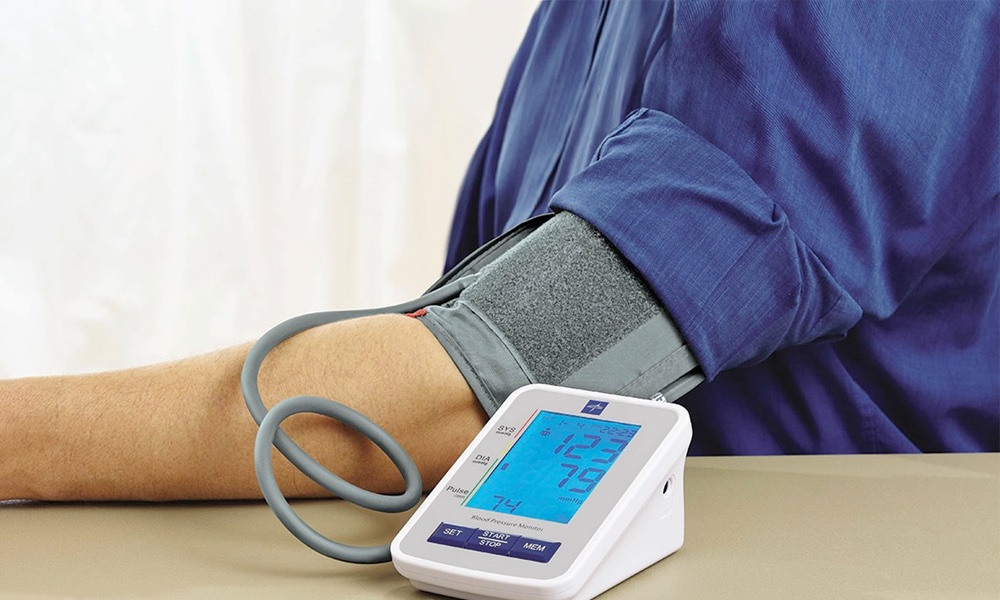A study of over 9,000 urban minority children shows that sending text messages to their parents can increase the number of children who receive flu vaccinations.
The increase was modest, with the flu vaccination rate rising from 39.9% to 43.6%. Among parents who actually received the text messages, the vaccination rate rose to 46.3%
Some people even described the text messages as an angel on their shoulder.
Text messaging is becoming more and more valuable as a health tool. In a 2010 study, personalized text messages more than doubled the success of cigarette smokers who were trying to break the habit. Some people even described the text messages as an angel on their shoulder. And while the results from the flu study aren't as striking, they show more success than traditional mail and phone reminders have at increasing the vaccination rate.
This study tested the effect of targeted text messages to low-income, urban parents on the flu vaccination of their children. It looked at parents of 9,213 children and adolescents aged six months to 18 years who were receiving care at four community-based clinics in the United States during the 2010-2011 flu season.
Half of the families received usual care, which included an automated telephone reminder to the parents to have their child vaccinated for the flu. The other half also received up to five weekly text messages providing educational information and instructions on where vaccinations were available.
The first three text messages provided general information about vaccines, including vaccine safety information. They also emphasized the seriousness of flu infections, with messages tailored to the age of the child or adolescent. The last two messages informed families about dates for Saturday flu vaccine clinics, which were held weekly from October 2010 through March 2011.
As with any new technology, there were some bugs in the system. Around 14% of the parents never received the text messages, either because of a wrong phone number, messaging incompatibility or other reason.
An article on the study appears in The Journal of the American Medical Association (JAMA).




